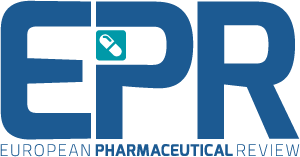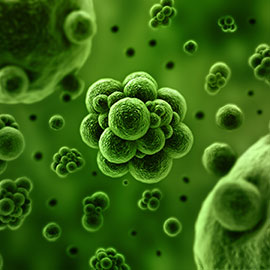Identifying human toxicity potential
20 July 2006 | By Dolores Diaz, CEREP and Peter J. O’Brien, Safety Sciences Europe, Pfizer Global R&D
The statins (3-hydroxy-3-methylglutaryl coenzyme A [HMG-CoA] reductase inhibitors) are drugs that inhibit cholesterol biosynthesis by blocking the formation of the cholesterol precursor mevalonate. Statins are the most effective cholesterol-lowering agents available and are considered the first line of treatment for most patients with high serum cholesterol levels1.








